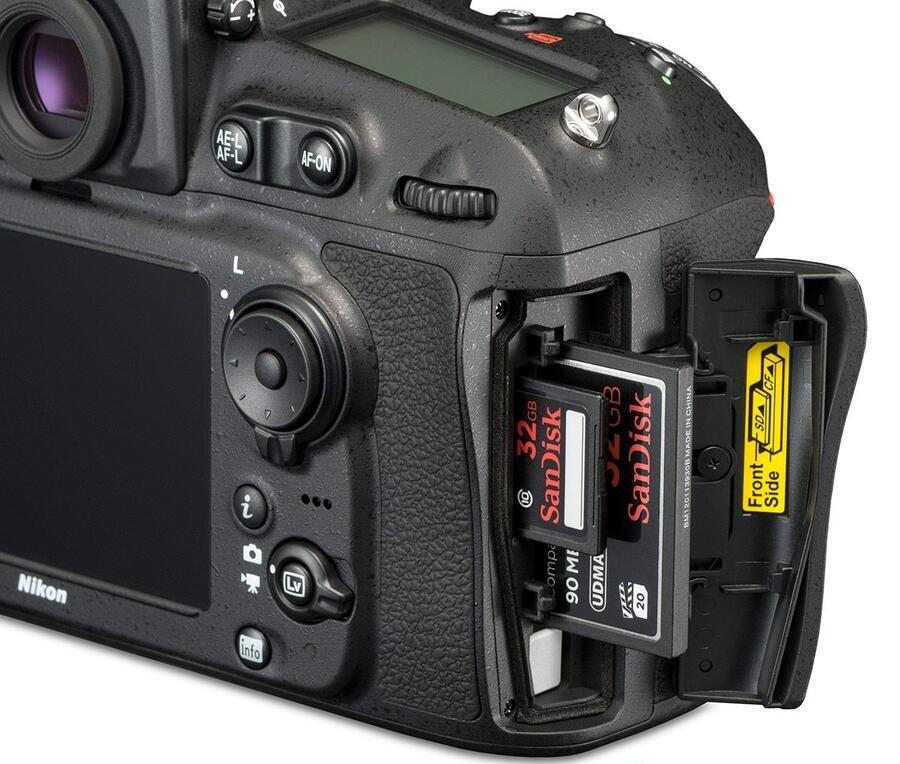SD Card Abbreviations, Speeds and Meanings
What do SD Card abbreviations and speeds mean? Nowadays, with the increase of digital devices, the need for storage has also increased. Therefore, memory cards have become one of the indispensable accessories of cameras. We decided to prepare an explanatory guide so that you do not have any problems while purchasing the SD Card and get the right product.
What do SD Card abbreviations and speeds mean? While answering this question, you will be able to find answers to the questions like “What do we need to know about memory cards? and How do we compare memory cards?. Let’s go through the definitions first.
Memory cards; It is the name given to digital storage devices used to store photos, videos, and other digital information. So what does SD Memory Card mean? SD card stands for “Secure Digital Memory Card“. Although it is a technological term today, when we say SD card; all SD, SDHC and SDXC cards we have an association with it. Of course, these cards are not all the same. Their capacities and speeds are different from each other. When purchasing SD cards – which are one of the most important accessories of cameras – it is useful to know some abbreviations in order to avoid confusion and to buy the right product. So, what are the SD Card abbreviations, speeds and their meanings?
What Do SD Card Capacities Mean?
As a camera equipment, the first thing you need to know about SD cards is their capacity. The values on the SD card should be considered as data storage space. SD card capacity abbreviations and meanings can be listed as follows.
| Class | Explanation |
| SD | Up to 4 GB |
| SDHC | 2 GB – 32 GB |
| SDXC | 32 GB – 2 TB |
The abbreviations here provide information only in terms of capacity. With the advances in the world of photography, the need for the amount of data that fits in memory cards increases with the developing technology. Among the SD cards we can understand from this table, the highest capacity is in the SDXC class.
What are SD Card Speeds?
You can find the read / write values for SD card speeds in the table below. We can make the same interpretation here; the faster the SD card works, the faster your working speed will be. This means that choosing an SD card in U3 class will create a faster working environment.
| Class | Read / Write Speed |
| Class 4 | Minimum 4 MB / s |
| Class 6 | Minimum 6 MB / s |
| Class 10 | 10 MB / s minimum |
| U1 | 10 MB / s minimum |
| U3 | Minimum 30 MB / s |
Especially with the development of mirrorless cameras, UHS (Ultra High Speed) cards of brands are actively produced. The classification of UHS (Ultra High Speed) cards is as follows;
Non-UHS: 25 MB/s
UHS: 104 MB/s
UHS-II: 312 MB/s
In terms of SD card speeds , the recommended classification is as follows for those who want to shoot RAW footage and 4K video:
| Class | Speed | Explanation |
| V6 | 6 MB / s | For video shooting up to 1080p / 1080i |
| V10 | 10 MB / s | For 1080p video shooting and real-time broadcast |
| V30 | 30 MB / s | For 60/120 fps video footage in 1080p and 4K resolution |
| V60 | 60 MB / s | For 60/120 fps video shooting at 8K resolution |
| V90 | 90 MB / s | For 60/120 fps video shooting at 8K resolution |
Which Brand of Memory Card Should I Buy?
Now that we have information about SD card abbreviations, speeds and meanings, you may be wondering which brand of SD card you should buy. Among the SD card brands generally recommended by photographers; Lexar, Sandisk, Transcend. Apart from these, what is important is how many memory cards the camera you use has and which SD card types it supports. If you are using a high-end machine, this may be an XQD or CFExpress card option, while UHS-I or UHS-II may be preferred for dual SD card support devices . When choosing SD cards according to these features, it is useful to know that the models that offer the highest speed among these cards will not let you down.
Today, a memory card can be provided when purchasing a camera. This may give the feeling that you are buying more products as a marketing strategy, but these cards, which are usually offered together, may be of low capacity and not meeting the needs. Therefore, you should consider the camera or camcorder as a separate purchase from the memory card. Remember, what matters is the brand, speed and compatibility of the card. Don’t forget to have a spare memory card with you just in case when taking photos. Do not keep your photos on cards, try to store them both locally on your computer and on cloud systems (Dropbox, Google Drive).
What Are The Most Popular Memory Card Brands?
If you are going to buy an SD card for the first time, you should choose the card with the highest capacity. You should pay attention to how much it is recommended by users and its quality, not its price. When we look at the product numbers and popularity, the best selling memory card brands are as follows:
- Kingston
- Lexar
- Samsung
- SanDisk
- Sony
- Toshiba
- Transcend
In this article , you have learned about SD Card abbreviations, speeds and meanings. As a result, it is very important to choose the right SD card to get the most out of your camera. You can choose SDHC or SDXC when purchasing an SD Card; but make sure it is U3 .
If you specify the camera model you use in your comments, we would be glad to help you determine the most suitable SD card for your camera.
via Fotopedi









